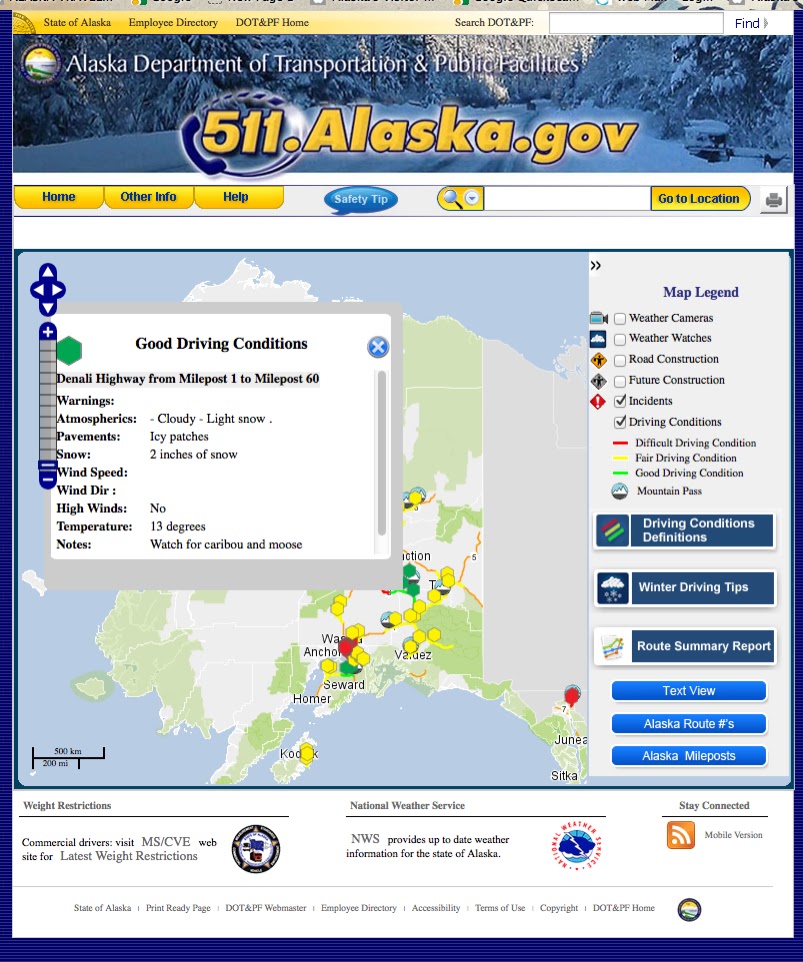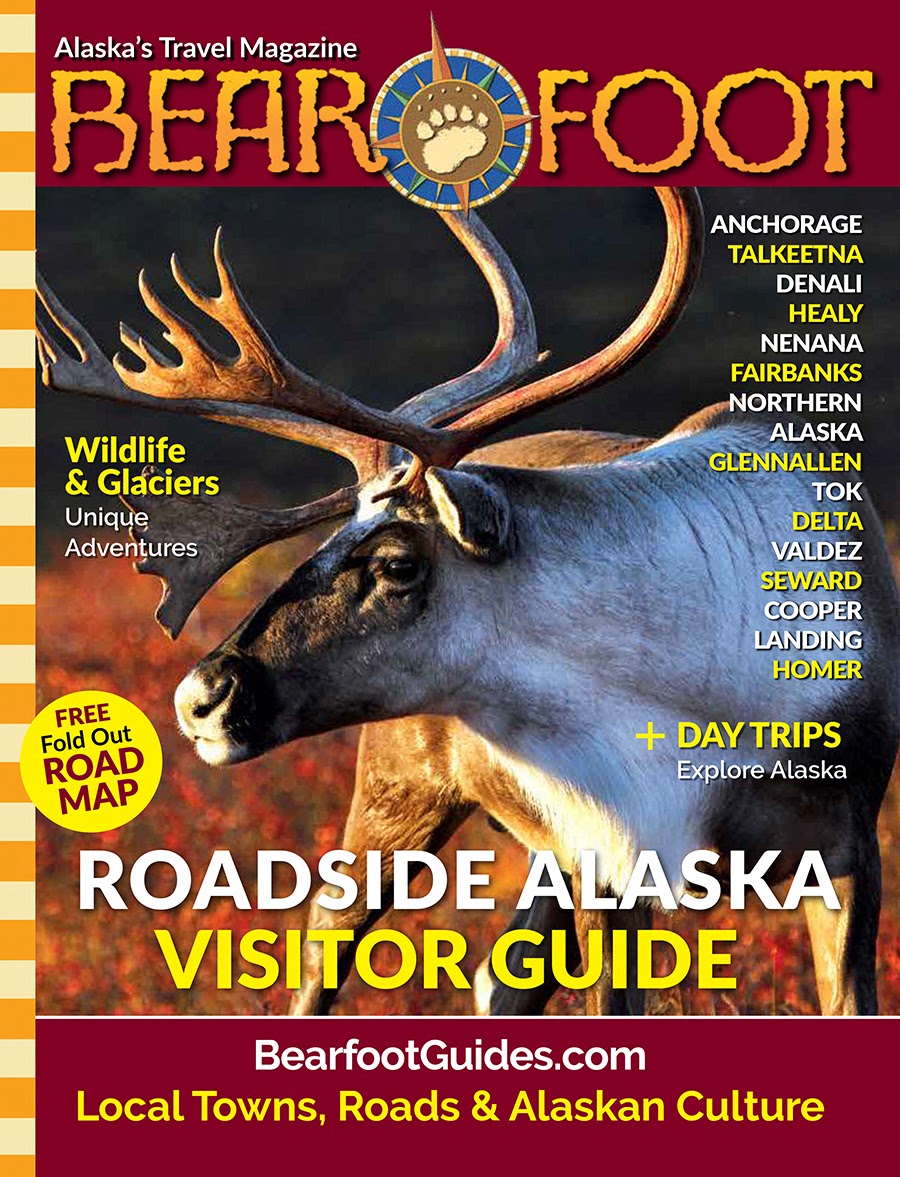Citizen Weather Forecasters May Be Able To Plug Gaps As National Weather Service Collapses
FROM THE ALASKA BEACON https://alaskabeacon.com/ After DOGE cuts and now ex-Typhoon Halong in western Alaska, trust is needed to rebuild ...
FROM THE ALASKA BEACON
https://alaskabeacon.com/
After DOGE cuts and now ex-Typhoon Halong in western Alaska, trust is needed to rebuild forecasting
When the remnants of Typhoon Halong hit western Alaska this week, radar showed color bands curling across meteorological maps, but people on the ground were already watching what those models could not see. On social media, especially TikTok, people were sharing their view of the storm in real time. I watched it unfold there too, seeing homes shift, rivers surge, and the water rise higher than expected. The models gave us the numbers; the stories gave us the context.
As someone who used to work for the National Weather Service in Alaska as a Social Scientist, I know how much these storms weigh on both sides of the forecast. Forecasters in the office are staring at satellite loops, wind models, and limited weather balloon data, trying to anticipate how quickly conditions are changing. People in their homes are staring out the window, watching the sky darken and the water rise. Between those two worlds, there is often a long pause, the silence between the data and the lived experience.
That pause is where Alaska loses time.
This year, the Trump administration’s Department of Government Efficiency (DOGE) forced out hundreds of NWS employees through firings, buyouts and retirements, which cut deep into the nation’s forecasting backbone, including positions in Alaska. When those roles disappeared, so did some of the tools they maintained. The number of weather balloons launched, a core part of the forecasting system, has dropped in many places because of a lack of staffing and resources. Those balloons feed the models that guide nearly every forecast. Fewer launches mean fewer data points, and that could mean less clarity about what is happening above us.
But in Alaska, losing those resources does not have to mean losing awareness. We can rebuild it differently.
The next generation of weather communication can happen where people are already sharing information: online, on social media, and in the middle of the storm. During Typhoon Merbok in 2022 and again with Typhoon Halong, residents shared what they were seeing in real time through flooded roads and winds that looked stronger than predicted.
Even a cautious, ethical embrace of TikTok could help forecasters see what is happening faster than any model cycle, without crossing the boundaries that federal employees must follow.
That does not mean turning TikTok into an official data feed. It means acknowledging that people are already providing real-time observations and learning how to use those insights to improve awareness and communication. A forecaster who can see what the public sees gains a sharper sense of urgency and a more grounded understanding of impact.
In Utqiaġvik and other coastal communities, the Weather Service once built dedicated radio time into local infrastructure, creating community VHF channels where residents could offer real-time corrections when forecasts needed to reflect localized impacts. Forecasting then was grounded in place; it was published on the same land where the weather arrived. That connection between the people and the forecast has largely been lost.
But we can bring that dialogue back. Today, platforms like TikTok, Facebook, and SIKU, the Indigenous knowledge and observation network, are the new VHF radio. They are full of visual, place-based weather information, already timestamped and geolocated. The technology exists. What we need is a process to connect it to the people making weather forecasts.
Imagine if every forecasting desk had a simple system to monitor verified community feeds during major events, not as rumor tracking but as situational awareness. People are already sharing what they see; the work now is to listen, to connect those existing streams of information to the people producing the forecasts.
That kind of system would make forecasts more responsive, not just more accurate. It would also rebuild trust – something Alaska urgently needs after years of budget cuts and agency turnover. When people see their own perspectives reflected in official information, they start believing that the system is built for them, not just about them.
We cannot replace the scientists and technicians who were laid off, nor fill data gaps overnight. But we can strengthen what remains by using the tools already in our hands. The future of forecasting in Alaska will not come only from satellites and supercomputers. It will come from people, the ones standing outside during the storm, holding up a phone, showing the rest of us what is really happening.
If we start rebuilding those connections now, we might find that the best forecasting tool has always been trust.


















KITTY SOPOW